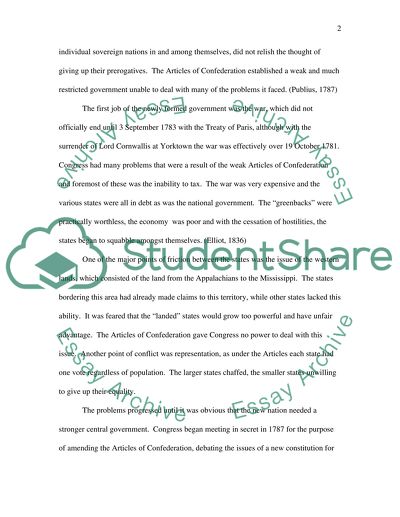Cite this document
(“Articles of Confederation and the Constitution: A Comparative Analysis Essay”, n.d.)
Articles of Confederation and the Constitution: A Comparative Analysis Essay. Retrieved from https://studentshare.org/history/1411255-historic-essay
Articles of Confederation and the Constitution: A Comparative Analysis Essay. Retrieved from https://studentshare.org/history/1411255-historic-essay
(Articles of Confederation and the Constitution: A Comparative Analysis Essay)
Articles of Confederation and the Constitution: A Comparative Analysis Essay. https://studentshare.org/history/1411255-historic-essay.
Articles of Confederation and the Constitution: A Comparative Analysis Essay. https://studentshare.org/history/1411255-historic-essay.
“Articles of Confederation and the Constitution: A Comparative Analysis Essay”, n.d. https://studentshare.org/history/1411255-historic-essay.


